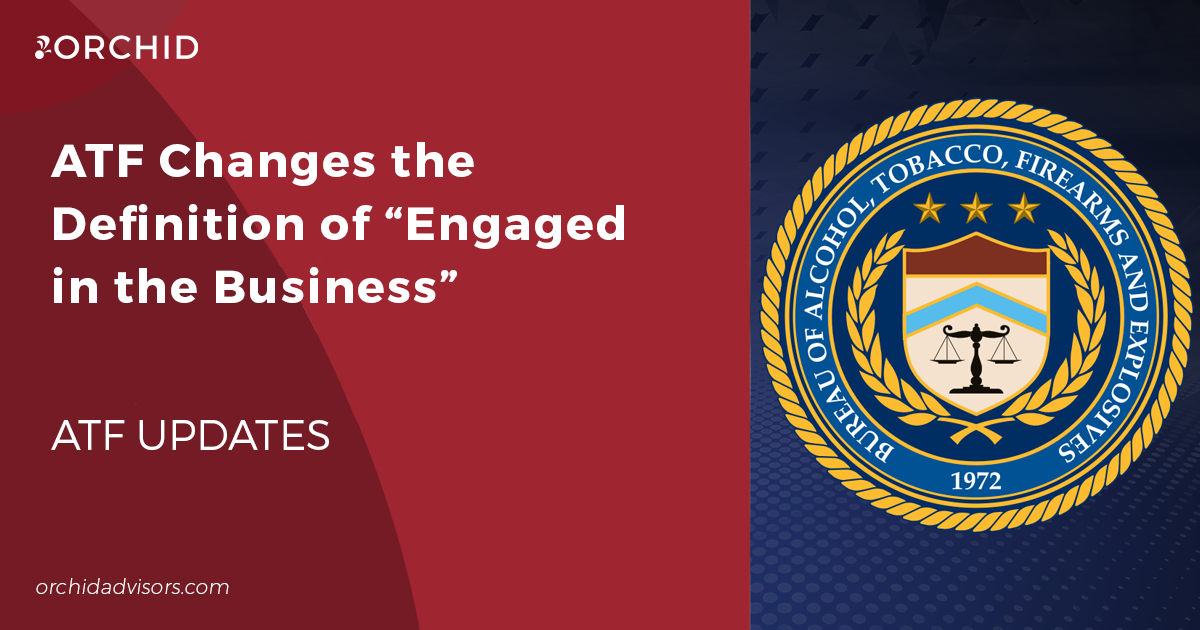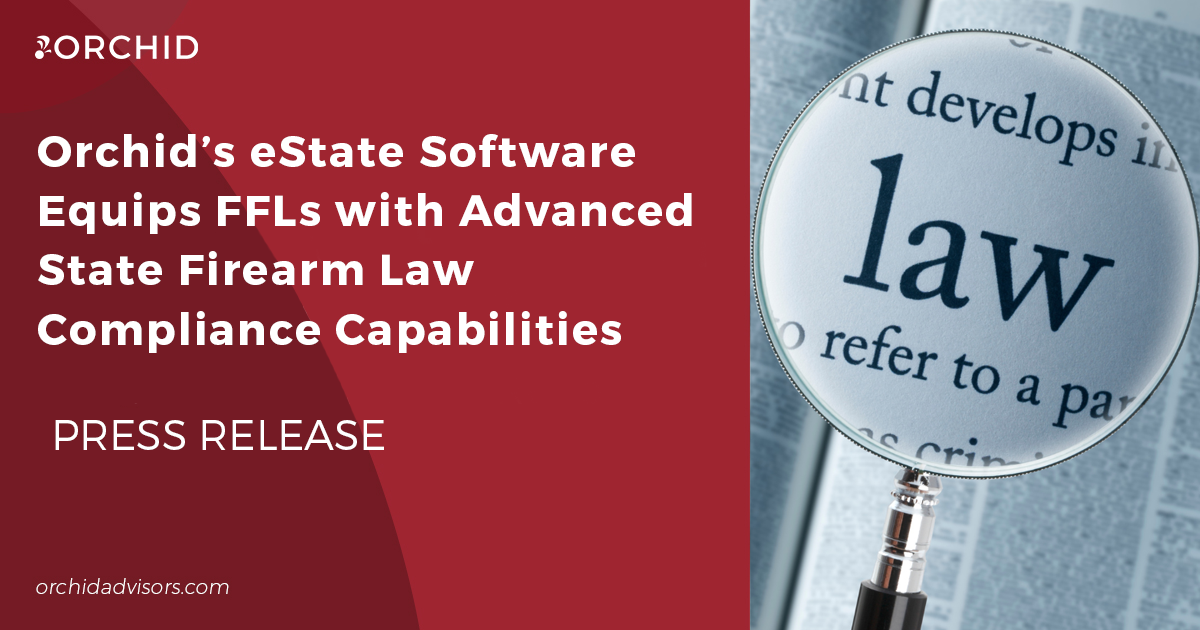How many of you are dutifully trying to get your children to finally connect with their summer homework or perhaps write a college admissions essay? Let’s borrow from a technique called “parallel play” and sit down at the table with our kids and do a little writing, ourselves. Stifle your groans. Lower those rolled eyes. We have a proposed ATF rule that deserves your attention and your written submission.
The proposed rule was published in the Federal Register on August 12, 2014 and has a comment submission deadline of November 10, 2014. The submission can be made on line or through the mail.
Now, here’s the title of the proposed rulemaking, “Commerce in Firearms and Ammunition – Reporting Theft or Loss of Firearms in Transit.” You might recognize this as relating to ATF Form 3310.11 and the companion ATF Form 3310.6 for firearms missing in interstate shipment. In addition to these forms, a call must be placed to the ATF toll-free number 888-930-9275.
A good reason to read through a notice of proposed rulemaking is because it includes a “background” section. In the case of the immediate proposed rule, the background section will walk you through the current law pertaining to the reporting of a firearm stolen or lost from the inventory of a Federal Firearms Licensee within 48-hours of the discovery of the theft or loss. It will also point out the additional ATF notification provisions if you are dealing with the loss or theft of an NFA firearm.
In addition, this proposed rulemaking notice includes statistical information that approximately 1,500 firearms are lost in transit each year, and it details the problem the ATF perceives is created under the current rules that allow either the transferring or the intended recipient FFL to contact the ATF and file the forms. In the ATF’s estimation, because the current rule is positioned as an “either – or,” neither one is fulfilling the ATF notification and filing requirements.
Which brings us to the section of the notice that explains that the ATF proposes to require only the transferring FFL bear responsibility for ATF notification and form filing when a firearm is lost or stolen in transit on a common or contract carrier. Here is the crucial sentence in the proposed rulemaking: “When a firearm is stolen or lost in transit on a common or contract carrier, it is considered stolen or lost from the transferor’s/sender’s inventory for reporting purposes.”
The proposed rulemaking goes on to state that the transferor/sender “shall report” the theft or loss within 48-hours of discovery of the theft or loss, using the same “888” number and by preparing the same forms. It then adds “The original of the report shall be retained by the licensee as part of the licensee’s required records.”
There are additional changes in the proposed rulemaking. It includes how to make a disposition entry in the FFL Record of Acquisition and Disposition not later than seven days following discovery of the theft or loss, including recording whether the incident is a theft or a loss, the ATF Incident Report Number, and the local law enforcement Incident Number.
Also, the proposed rule would eliminate the separate written notification to the ATF’s NFA Branch, and allows use of simply the Form 3310.11. Amendments will be made to the current ATF forms to reflect these proposed rules, if and when they are adopted.
As with any proposed rule, this one includes a list of questions that the ATF wants to stimulate feedback from FFLs. These questions help to shape the body of your comments to the ATF. So, for example, the ATF wants to know:
- How many shipments occur annually through your FFL?
- Does your FFL already receive written or electronic confirmation from the common carrier or other shipper?
- How often does your FFL retain records of delivery confirmation?
- How might such documentation become a required business practice so as to minimize any additional burden to the FFL’s regular business practices?






0 Comments